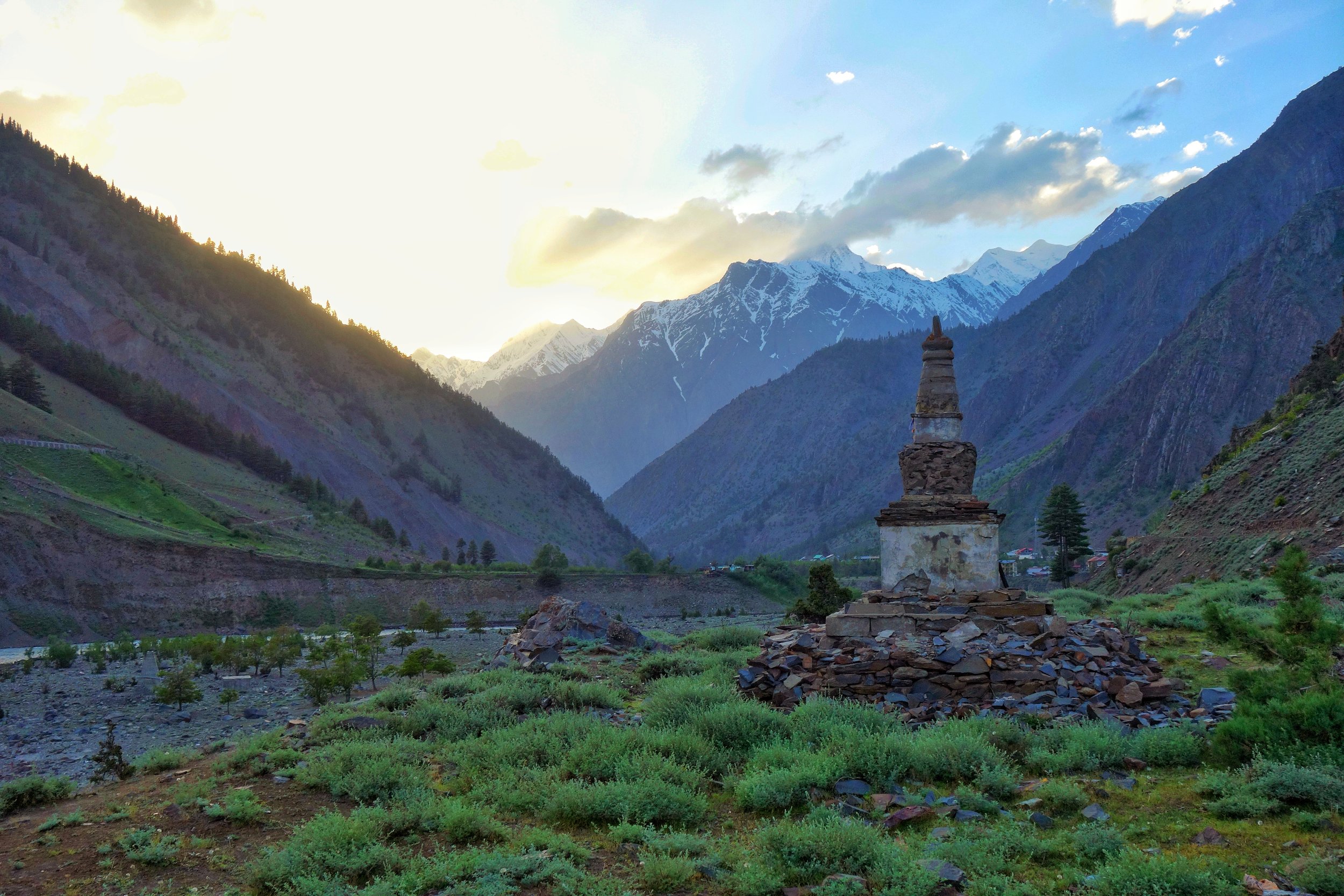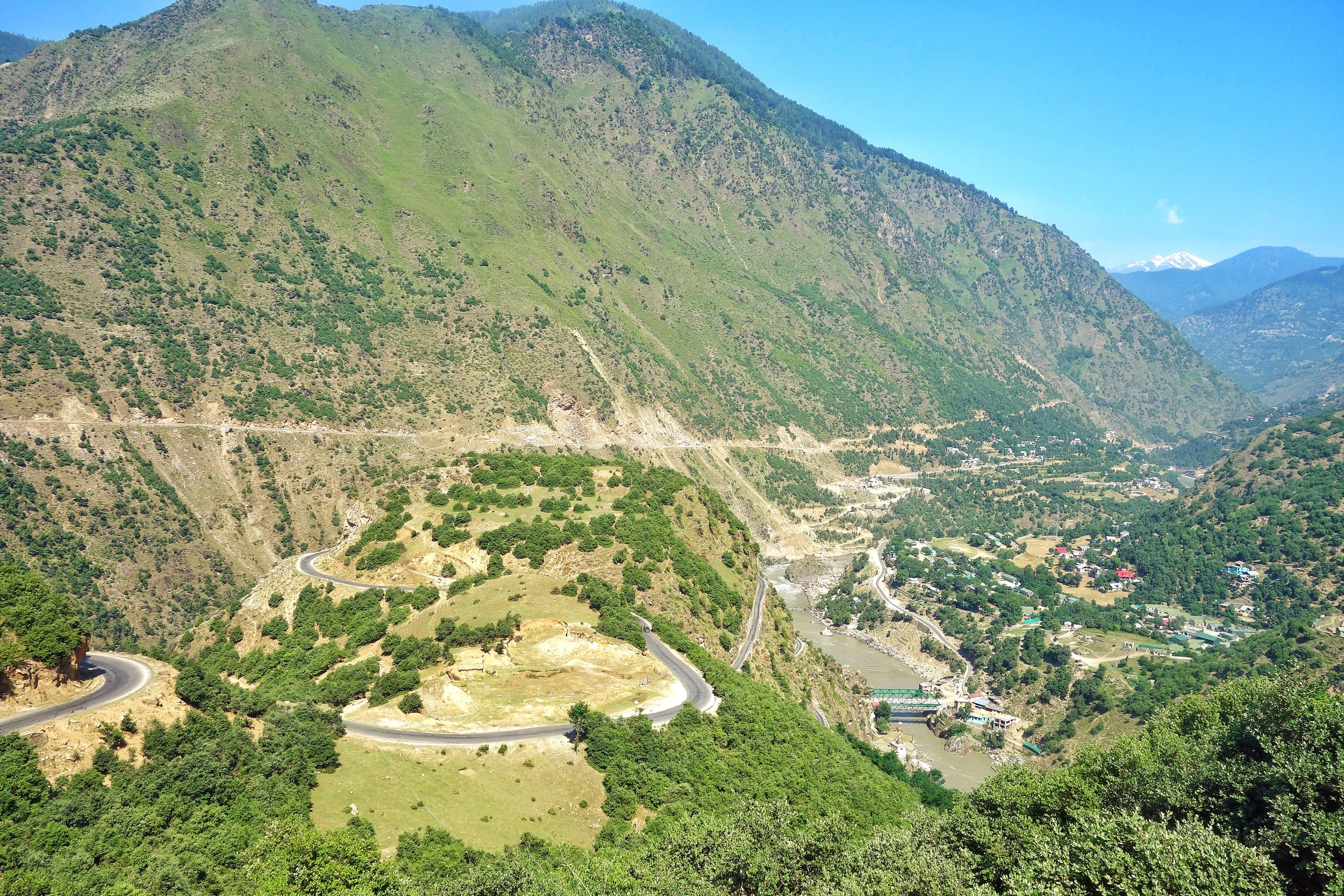Lahaul and Spiti have had a checkered fascinating history and lying on the Himalayan borderlines they have always been the bone of contention for various powers in the Region from the states of Kashmir, Chamba, Kullu, Bushahr, Ladakh, Guge, Tibet, the Chinese and even the Mongols, Baltis and Yarkandis. However little is known of the exact circumstances and the chain of events of History that followed as there are no written records. All the above powerful states / people left some mark or influence on these two adjoining Regions. This is an attempt to piece together their History though for most of the time the History followed its separate course in Lahaul and its own course in Spiti.
The Dichotomy of the Moon River
The Moon River or the Chandrabhaga or the Chenab is a River that flows through some of the most rugged parts of the Himalayas starting its journey in the Lahaul Valley and making its way through Pangi Valley and into Padar Valley and Kishtwar in Jammu and Kashmir. It is a River of many legends and we try and Map its jurney from the Chandrabhaga to the Chenab.
The Inter-State Himalayan Boundary Dispute at 14000 ft
An Inter-State Boundary dispute at 14000 ft beyond the mighty Baralacha La between the Himalayan states of Jammu and Kashmir and Himachal Pradesh. The dispute involves the marking of the actual Border between Lahaul on the Himachal side and Ladakh on the Jammu and Kashmir side.
Thakur of Gondla
Roerich did a series of paintings on Lahul, which included a painting on the Rohtang Pass, the Chandra River, Koksar and Gundhla. I have come across three different paintings of his on Gundhla. Maybe the Tower of Gundhla was the thing that excited him. In all three paintings on Gundhla the Tower figures prominently. I'm posting two of his paintings from Gundhla, a part of the Lahul series. As per his own writings Roerich was astounded on seeing the ancient castle of the Thakur of Gundla. The Gondhla Fort is the only existing Fort in Lahaul today and is under ASI protection now.




